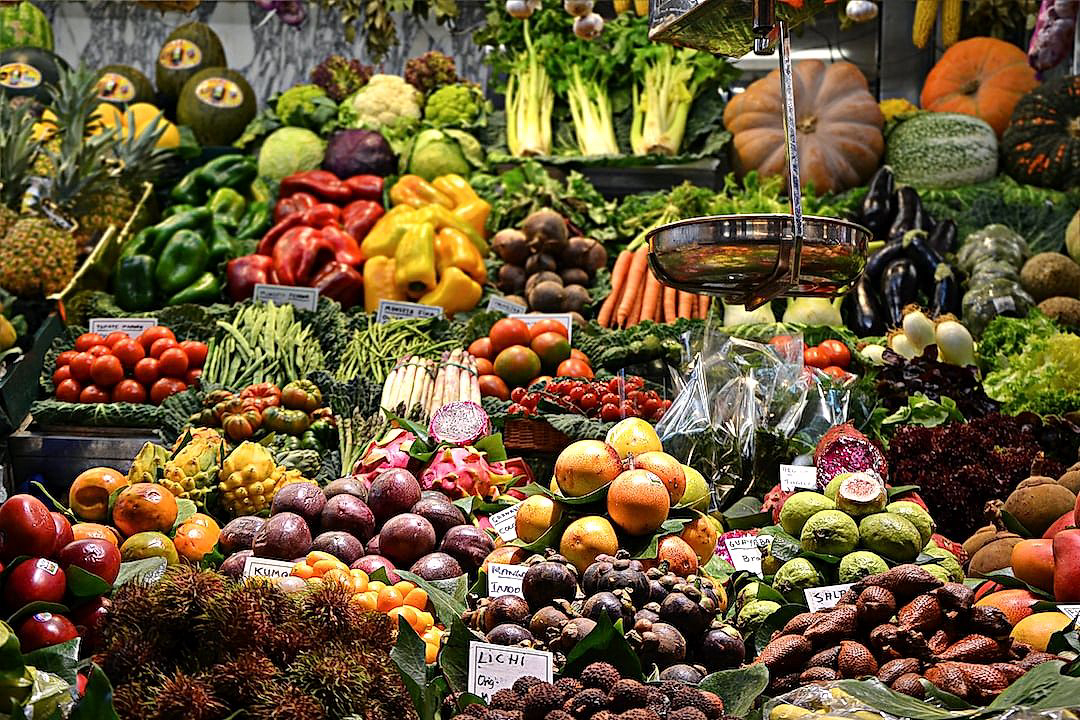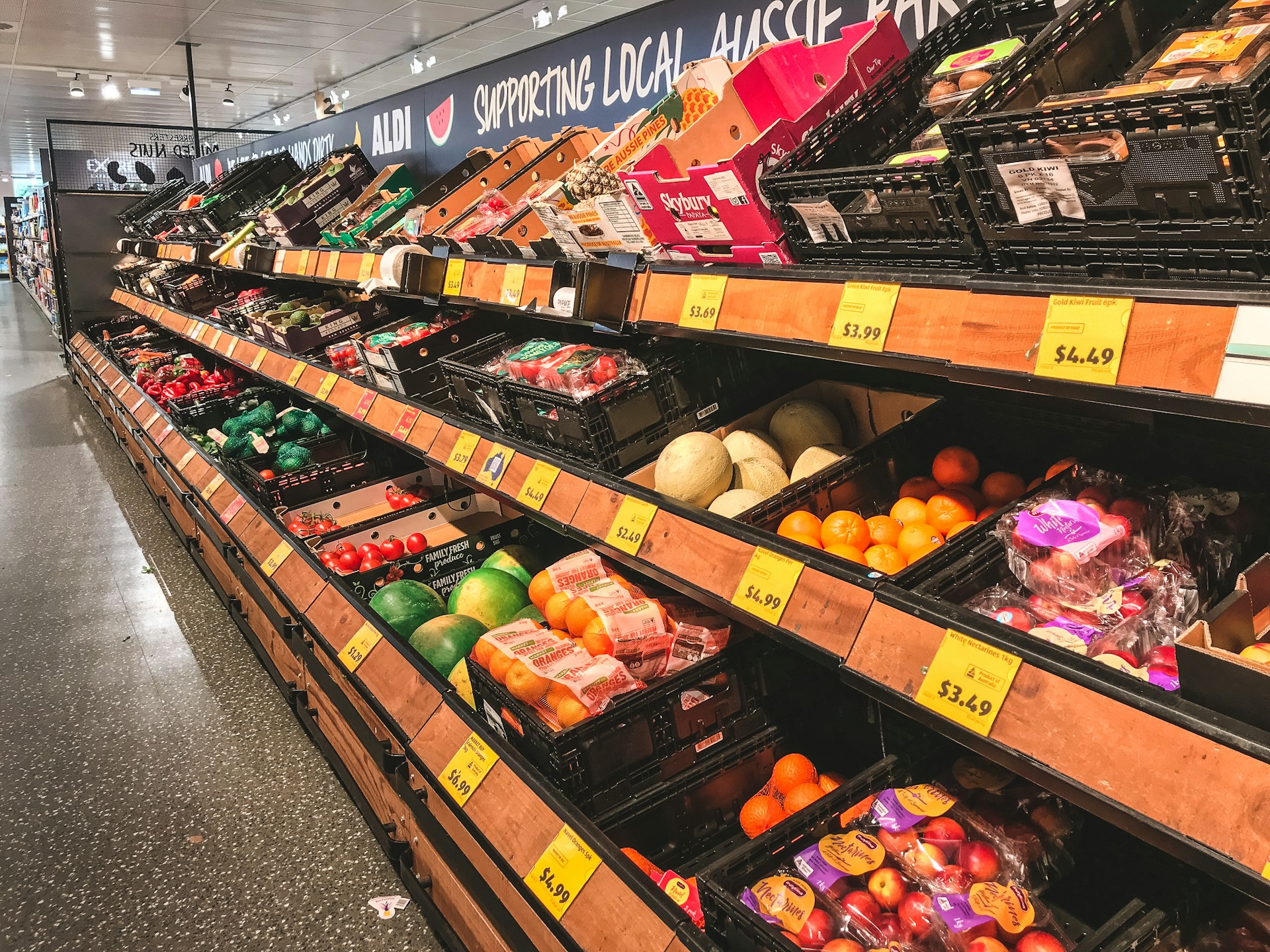As competition in the retail sector intensifies, differentiation emerges as a key survival strategy.
In the realm of produce retail, the effectiveness of differentiation largely hinges on successful market segmentation.
Undoubtedly, understanding and implementing such strategies has become indispensable for businesses aiming to perfect their customer approach.
The right segmentation not only aids in catering to customer preferences but also allows for optimizing profitability.
This article will dissect the multifaceted techniques involved in market segmentation within the produce retail sector.
Moreover, it will elucidate ways these strategies can be harnessed to drive sustainable business growth.
Techniques For Market Segmentation In Produce Retail
1. Geographic Location-Based Segmentation
Geographic location-based segmentation is a crucial technique in market segmentation in produce retail.
It entails grouping customers based on their geographic locations.
This method of segmentation greatly influences the distribution and marketing strategies employed by a retailer.
Geographic location-based segmentation pays particular attention to tailoring produce offers and marketing to match regional differences, and local consumer preferences and needs.
Retailers make use of varied data sources and tools like Geographic Information Systems (GIS) that assist in dividing markets according to territories.
These areas may include cities, counties, states, or countries.
Other retailers may classify markets based on factors like climate, population density, or region type (rural or urban).
Each of this geographic segments might exhibit diverse purchasing behaviours, hence necessitating different marketing approaches.
For instance, consumers residing in the urban areas may have different needs and preferences compared to those in rural areas.
To meet these variations, a retailer might stock more organic products in an urban store while focusing more on conventional produce in a rural store.
Also, customers in a warmer climate may have a high demand for tropical fruits and beverages, prompting the retailer to stock up accordingly.
Thus, by segmenting their market geographically, a retailer can efficiently tailor their product offerings, pricing strategies, and advertising campaign to meet the specific needs and preferences of each region.
Moreover, adopting a geographic location-based segmentation strategy allows retailers to penetrate new markets effectively through the establishment of new outlets in different geographic segments.
This technique in essence enables a retailer to have a personalized approach in serving their varied markets that can foster customer loyalty and market growth.
It not only ensures the optimal allocation of marketing resources but also the delivery of customer-centric services and products that can significantly boost a retailer’s profitability.
2. Age and Lifestyle Interest Grouping
In the world of retail marketing, market segmentation is a crucial strategy for boosting sales and driving consumer satisfaction.
One effective technique for achieving this is Age and Lifestyle Interest Grouping.
With this technique, companies group their customers according to their age, interests, hobbies, and lifestyle choices.
This method allows businesses to better understand their target audience and create tailored marketing strategies.
Age and lifestyle interest grouping is not just about knowing customers’ age and hobbies; it is about understanding their lifestyle choices and tailoring products, services, and messages to meet those preferences.
Understanding customers at this granular level allows businesses to design products and services that meet specific needs and wants.
For instance, a younger, more health-conscious audience may respond well to a retailer’s organic produce, while an older demographic might prefer conventional produce.
Similarly, lifestyle choices such as vegetarianism or a focus on sustainable living can influence purchasing decisions considerably.
Recognizing these interests and incorporating them into product offerings can make a significant impact on sales.
Retailers adopting this approach can also improve their communication and advertising efforts.
Highlighting specific product benefits that align with the group’s core values and interests enables more targeted and impactful marketing.
For instance, an ad campaign focusing on the health benefits of organic produce will likely resonate more with health-conscious consumers.
Similarly, promotions centered around the environmental benefits of sustainably grown produce may appeal more to consumers focused on sustainable living.
Age and lifestyle interest grouping give businesses the power to offer more personalized shopping experiences, and therefore increases customer retention and loyalty.
By properly utilizing this segmentation technique, retailers can identify untapped opportunities inside their customer base, drive greater sales, and improve their overall business performance.
3. Customer Purchasing Behaviour Analysis
The process of customer purchasing behaviour analysis involves studying the pattern of consumption of individual customers or groups of customers in a produce retail setting.
This type of segmentation allows retailers to categorize their customers based on their buying habits, preferences, and frequency of purchases.
By comprehending the typical consumption model of each customer segment, produce retailers can make strategic decisions to fulfill customer needs efficiently.
One essential aspect of customer purchasing behaviour is the type of products a customer prefers.
A customer may consistently purchase organic produce, while others may show a preference for exotic fruits or locally sourced vegetables.
Studying these preferences can reveal patterns useful in further dividing customers into smaller, more targeted segments.
This includes customers who make bulk purchases, perhaps for businesses such as restaurants or catering services, and those who opt for smaller purchases, likely for personal or family consumption.
Another factor may be the frequency of purchases, with certain customers shopping multiple times a week, while others may do their shopping on a bi-weekly or monthly basis.
Additionally, the day of the week and time of day a customer shops can also be indicative of their shopping behaviour.
Some customers may do their shopping on weekday afternoons, while others may prefer shopping on early weekend mornings.
Adapting to these differing preferences can allow a vegan grocery store to better cater to its customers while improving its overall performance.
The data gathered through customer purchasing behaviour analysis can reveal insights into how to effectively locate, attract, and retain the different customer segments.
For example, stores could strategically place items frequently bought together in close proximity to encourage impulse buys.
To optimize shopping experiences, customers who shop for fresh produce early in the morning could be met with an array of freshly stocked goods.
Consequently, the understanding of customer purchasing behaviour presents opportunities to enhance customer service, improve sales, and ultimately increase overall customer satisfaction.
4. Seasonal Consumption Pattern Study
The technique of Seasonal Consumption Pattern Study is an essential tool in market segmentation for produce retailing.
This approach relies heavily on the understanding and predicting of consumers’ purchasing habits and preferences relating to different seasons.
Produce retailers can take advantage of these patterns by offering specific produce that are high in demand in certain seasons.
By studying the past and present trends in seasonal consumption, retailers can accurately forecast future buying patterns, helping them stock the right products at the right time.
This approach not only meets the consumers’ needs but also maximises the profitability of the retailer during peak seasons.
For example, a produce retailer may opt to stock more strawberries and cream during summer due to the high demand, whereas, during autumn, pumpkins and root vegetables might be more popular.
However, this technique does require careful analysis and strategic planning to avoid excess stock and wastage during off-seasons.
In addition to considering the products’ popularity, produce retailers must also consider logistical variables like storage, freshness, and delivery time.
Moreover, it can also be coupled with other market segmentation techniques like geographic location-based segmentation or organic/non-organic product preference segmentation for maximum effectiveness.
Using such a combined approach will enable the produce retailer to cater to various consumer preferences throughout different seasons.
The technique is not only beneficial to large scale retailers but also to small scale produce retailers or farmers’ markets who can leverage these insights to plan their produce cultivation and sales strategy.
It’s important to note that while this method provides key insights into shopping patterns, it should not be the only tool used to understand the market.
Other factors like sudden shifts in weather, natural disasters, and socio-economic changes can also significantly affect consumer preferences and hence, the outcomes of this method.
Finally, effective communication about seasonal offerings is crucial for capitalizing on these patterns and increasing sales.
5. Income and Expenditure-based Division
Amongst the plethora of tools available for successful market segmentation in the produce retail industry, the income and expenditure-based division stands out for its importance in analyzing buyer patterns.
This method facilitates the understanding of the customers’ purchasing power and the nature of their spending habits around fresh products.
An understanding of this kind of financial data provides a clear picture of the market demographics; business owners can group customers into low, middle, and upper-income brackets.
Moreover, this approach allows for the identification of premium customers who are willing to buy expensive organic produce or exotic fruits and vegetables.
Understanding the financial capacity of customers helps retailers customize product offerings for different income groups and formulate effective pricing strategies.
In this strategic process, the income data can be gathered directly from customer surveys or indirectly from market research firms or government statistical databases.
It is crucial to understand that the income of the customer does not always translate into spending; thus, expenditure analysis is equally necessary.
This method evaluates how much of their income the customers are ready to spend on fresh produce, gauging elasticity or resistance to price changes.
By monitoring spending habits closely, retailers can understand which fruits, vegetables, or other products are considered essential by different income groups and stock accordingly.
Remember that the objective is to use the gathered data to cater to the customers’ needs better and eventually increase store profitability.
It is worth noting, however, that while this method has proven beneficial for many produce retailers, it requires careful execution and constant monitoring.
Also, the privacy concerns surrounding the collection of personal income information pose a significant challenge that need to be handled with utmost care.
Every retailer must make efforts to ensure that any gathered information complies with data privacy laws and ethical considerations.
After all, when done right, income and expenditure-based market segmentation can help retailers attract and retain customers in various income brackets.
This technique, therefore, serves as one of the more imperative strategic tools for market segmentation in the produce retail industry.
6. Organic/Non-organic Product Preference Segmentation
This section will delve into Organic/Non-organic Product Preference Segmentation, a unique yet momentous aspect of market segmentation in produce retail.
Where consumers stand on the spectrum between organic and non-organic produce is a very specific and distinguishable preference in the market.
The preferences differ significantly from one customer to another depending on health consciousness, environmental concerns, financial capacity, and taste preferences.
This segmentation also reveals customer’s alignment with certain brand values, for example, supporting sustainable farming practices.
Organic/Non-organic Product Preference Segmentation can provide invaluable insight into understanding customer’s purchasing habits.
Analyze these differences is essential to cater to specific needs and enhance customer satisfaction.
The use of specialized surveys, focus groups or purchasing data can uncover these specific product preferences.
Through this means, a company can effectively tailor its product offerings to meet the demands of distinct consumer segments.
For instance, organic preference consumers may likely appreciate a wider variety of fresh, locally sourced produce.
On the other hand, non-organic preference consumers might prioritize cost-effectiveness and long shelf-life.
Thus, retailers can devise strategies to cater to these unique demands.
It’s imperative to understand that this segmentation is not rigid, and customers may shift between categories over time.
Factors such as market trends, health crises, and changing incomes can influence a shift in organic-or non-organic preferences.
Regular monitoring and adaptation of segmentation strategy are key to staying relevant and customer-centric.
Finally, this segmentation not only guides businesses in product offering but also in marketing and promotions.
Different messages and channels may appeal to organic consumers than non-organic consumers, making it necessary to customize your communications and advertising strategies accordingly.
To sum up, Organic/Non-organic Product Preference Segmentation is a key tool in market segmentation in produce retail, providing critical insights into customer preferences and facilitating tailored strategies to enhance business performance.
The Bottom Line
Overall, the significance of market segmentation cannot be overstated for businesses looking to better tailor their products or services to customers.
By factoring in geographical location, age, lifestyle interests, and buying behaviour, companies can focus their marketing efforts and customize their offerings to better cater to their target audiences.
Seasonal consumption patterns and income levels provide additional valuable insights into customer buying trends, aiding in the development of more targeted marketing strategies.
Lastly, by distinguishing between organic and non-organic product preferences, businesses can further refine their positioning and product mix to cater to specific customer choices.
Therefore, market segmentation is not just desirable, but necessary for businesses to thrive and remain competitive in today’s dynamic market landscape.




